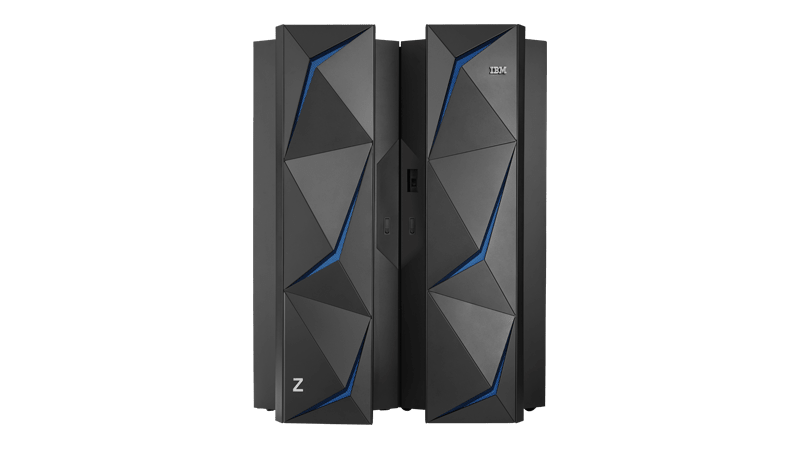
If you had to name a tool that has barely changed for decades yet remains relevant and useful today, you might suggest the Swiss Army knife, ballpoint pen or – if you’re musically minded – the McIntosh audio amplifier as good examples.
Each has an original design that has been improved over the years, yet remains a symbol of dependable, efficient functionality many years on.
The same can be said of mainframe technology. More than sixty years after IBM’s first model arrived on the computing scene, the mainframe’s core design remains the same: a powerful piece of computing hardware specialising in completing huge numbers of data transactions with incomparable efficiency, reliability and security.
Today – believe it or not – mainframes are still used by 70% of the Fortune 500 companies, as well as 96 of the world’s top 100 banks. They remain mission-critical to countless businesses across a plethora of industry sectors. But just how has the mainframe survived at the heart of business for so long?
How to Live Forever
The mainframe’s longevity can largely be attributed to its efficient and dependable design. Throughout its history, it has been capable of processing more transactions and calculations than its rivals, all while remaining more predictable and reliable than any alternatives. It continues to operate with unrivalled uptime, ensuring that business operations can continue uninterrupted around the clock.

Crucially, the mainframe has kept up with the competition thanks to increasingly sophisticated computing hardware. The most recent line of IBM z14 mainframes, for instance, can now process up to 30 billion transactions every day. That’s more than the number of Google searches completed globally, and 68 percent of the world’s production workloads, at only six percent of the total IT cost.
This is why IBM retains so many existing mainframe customers while continuing to sign new ones – including a U.S. managed-care provider, a Canadian university, an Italian electronics distributor, and an African bank, all recently noted as new clients by IBM CFO James Kavanaugh.
New Kids on the Block
Nonetheless, the mainframe has seen threats from many new technological developments – in particular cloud computing, with its promise of infinite flexibility and access from anywhere, without the need to maintain expensive hardware on-site.
While most organisations today are very conscious of the need to provide customers and employees with familiar interfaces and mobile options, what they don’t realise is there are many ways to blend the positives of cloud computing with the mainframe to achieve this. For example, a hybrid cloud model – which refers to a computing environment with a mix of on-premise and cloud-enabling services – gives companies the flexibility and accessibility of the cloud, while also giving you the processing power and security of the mainframe.
Mainframe Technology: Back to the Future
As such, rather than ripping out reliable mainframes, companies are increasingly modernising them using a variety of software tools. Data virtualisation techniques, as another example, mean that mainframe data can be analysed alongside data from other systems without copying it from its secure locations, while APIs and robotic data extraction make it possible for modern programmes to access the original data.
On banking apps, for example, the account information that customers see on their mobile phones is in fact reflecting data that is sitting securely on a mainframe.
For millennial developers, the languages and tools they are familiar with, such as C++, Java, Python and Git, are now available to them on the mainframe, opening it up to a new generation of developers.
The mainframe is Here to Stay
It is easy to get lost in the newest innovations in technology and forget the place of the mainframe at the heart of modern business and IT infrastructure. But since its conception, it has gone from strength to strength, building on its key attributes: power, scale and security. By modernising, organisations are able to keep their existing, secure IT infrastructure while augmenting it with new technology to make it more agile and accessible. Mainframes have even proven to be an ideal platform for new innovations in data security such as blockchain, providing a higher level of stability and computing power than most rival systems.
Mainframes may not be today’s trending topic in tech, but they will assume a vital place at the core of today’s businesses for many years to come.






